APHUG 1.1 Notes
Map: A map is a two-dimensional representation of an area of land or sea showing physical features, political features, roads, etc.
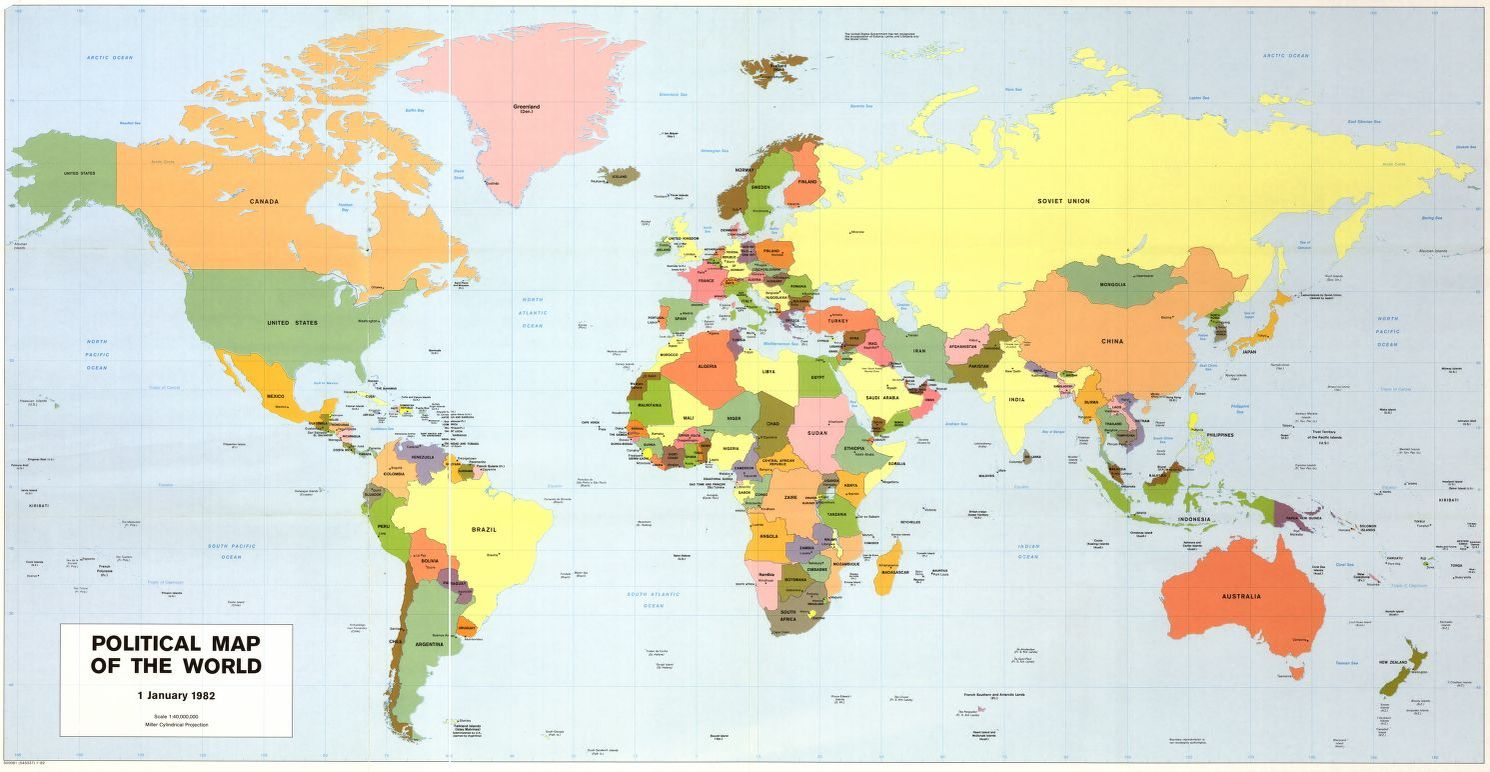
Types of maps:
There are two different types of maps- Reference maps and thematic maps.
a. Reference maps: These maps provide basic information. There are four different types:
1. Political maps
2. Physical maps
3. Road maps
4. Plat mapsb. Thematic maps: These maps provide more specific information than reference maps. There are five different types:
Cartograms: A map in which the geometry of the regions are distorted according to specific statistics.
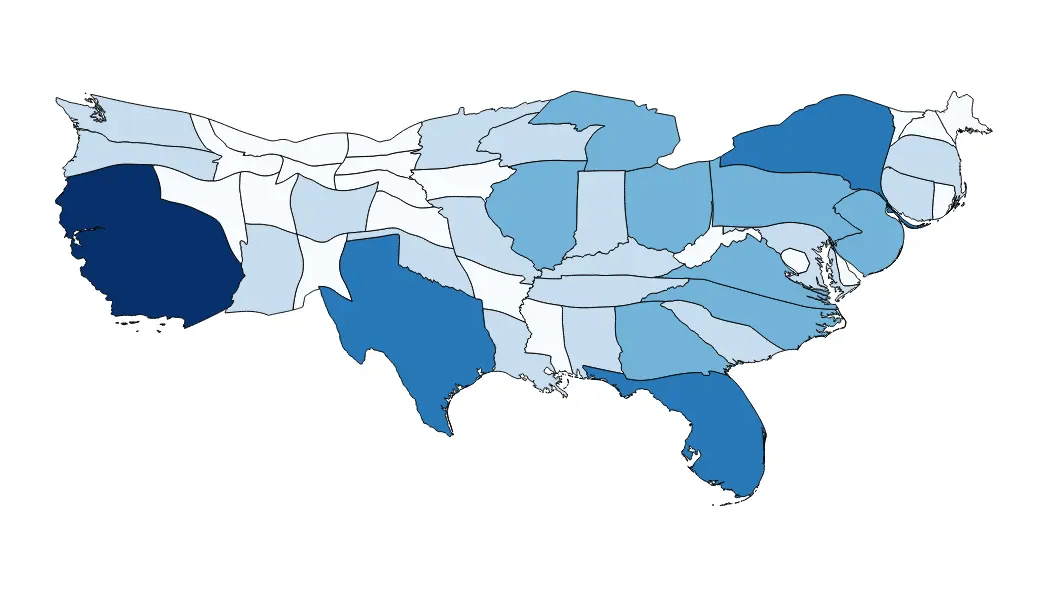
Choropleth: A map that uses different colors, shadings, or patterns to demonstrate data.
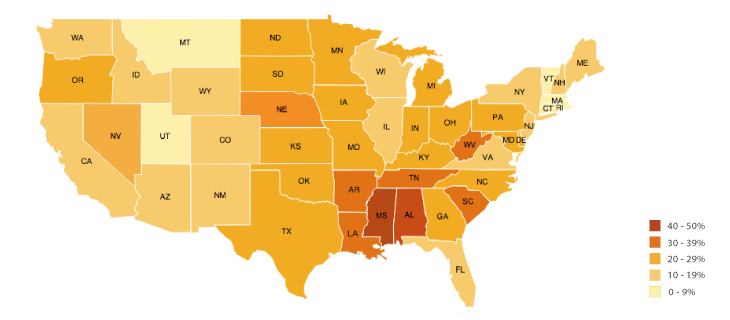
Isoline/Topographic: A map that uses lines that are drawn on a map connecting points of the same value.
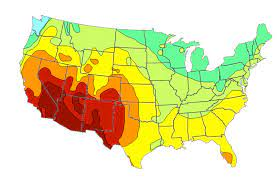
Graduated symbol: A map that uses different symbols to show different amounts of sizes.
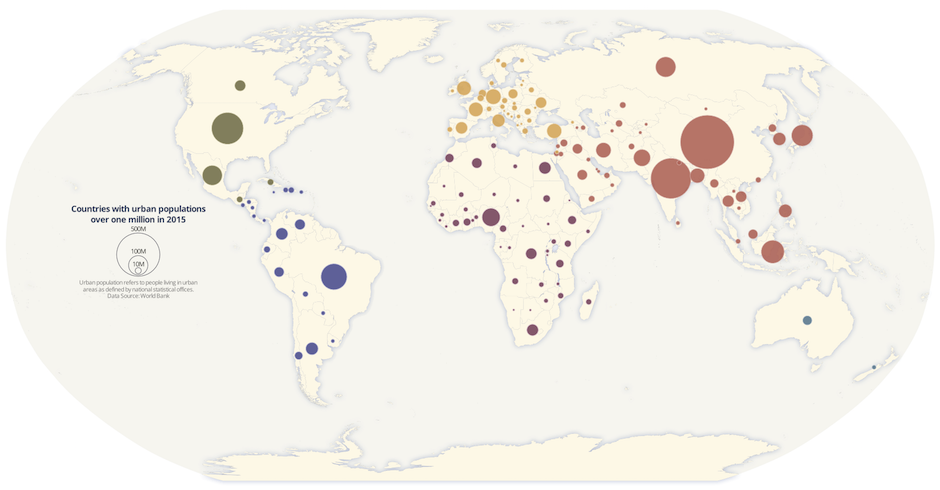
Dot distribution: A type of map that uses a symbol to demonstrate the geographic distribution.
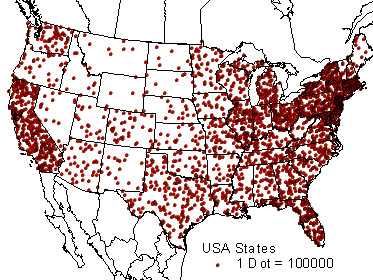
Scale: Scale is defined as the ratio between the size of things in the real world compared to the size of those same things on the map. There are two types of scale:
Cartographic scale: Refers to the way how the map compares the ratio of its size to the size of what it represents.
Geographic scale: Refers to the area of the world being studied.
Small scale map vs. large scale map.
a. Small scale map: Small scale maps show a larger amount of area with less detail.
b. Large scale map: Large scale maps show a smaller amount of area with greater amount of detail.
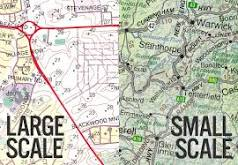
Different types of spatial patterns:
Location | 1. Absolute location: Exact location using latitudes and longitudes. Ex: Paris, France is located at 48.8566 degrees N, 2. 3522 degrees E. 2. Relative location: Not exact location, is used to describe location based on its relationship with another location. Ex: The Target is located right next to my house. |
|---|---|
Direction | 1. Absolute direction: Exact direction using cardinal points. Ex: Target is southeast of Georgia. 2. Relative direction: Not exact, is used to describe distance based on its relationship with another direction. Ex: Her house is right opposite of mine. |
Distance | 1. Absolute distance: Uses a unit of measurement. Ex: Target is 15 miles away from Walmart. 2. Relative distance: Instead of using a unit of measurement, it is based on an estimate. Ex: This is just around the corner. |
Elevation | The distribution of elevation and changes to it greatly affect how people, things, and ideas move throughout the world. |
Clustering | The distribution and density of things like resources to identify trends. |
Dispersal | Spreading of an idea across spaces. |
Different types of map projections:
a. Mercator Projection
Purpose: This projection is mainly used for navigation purposes.
Strengths: Preserves shape and direction.
Weaknesses: Distorts size/land area.
b. Peters Projection:
1. Purpose: This projection is mainly used for spatial distributions related to area.
2. Strengths: Preserves size/land area.
3. Weaknesses: Distorts shapec. Robinson Projection:
1. Purpose: This projection is used generally.
2. Strengths: No major distortion.
3. Weaknesses: Area, shape, size, and direction are all slightly distorted.